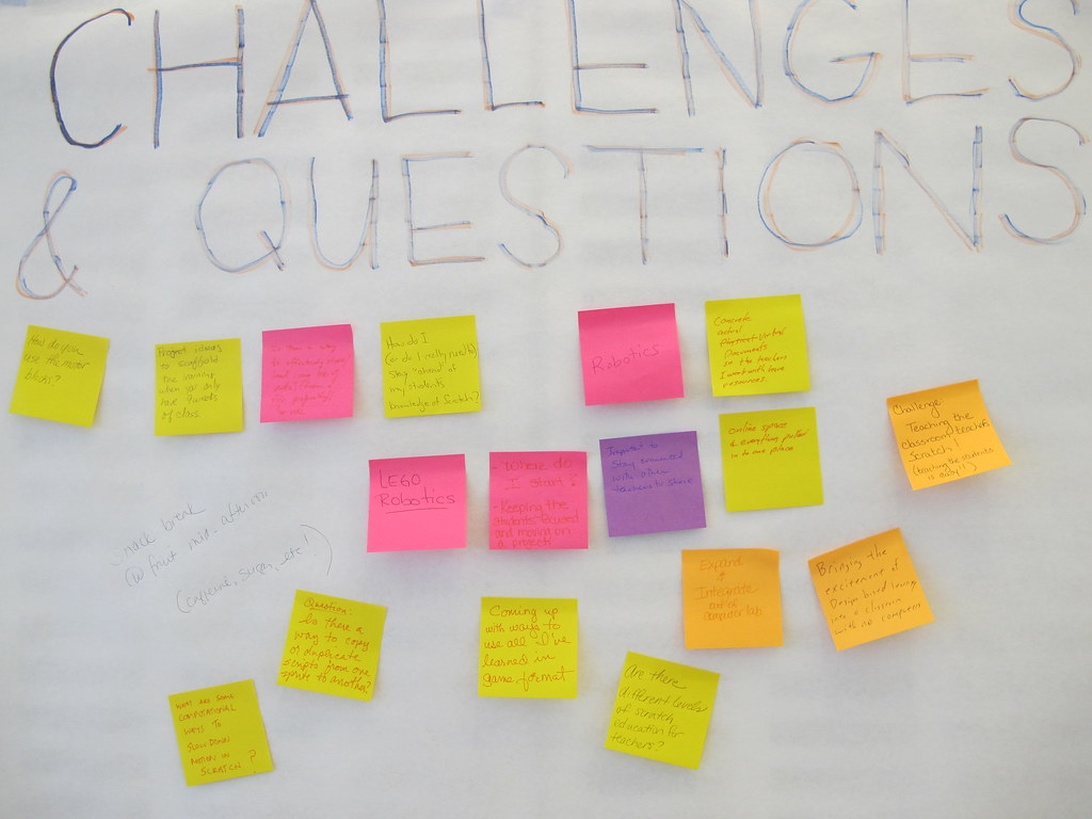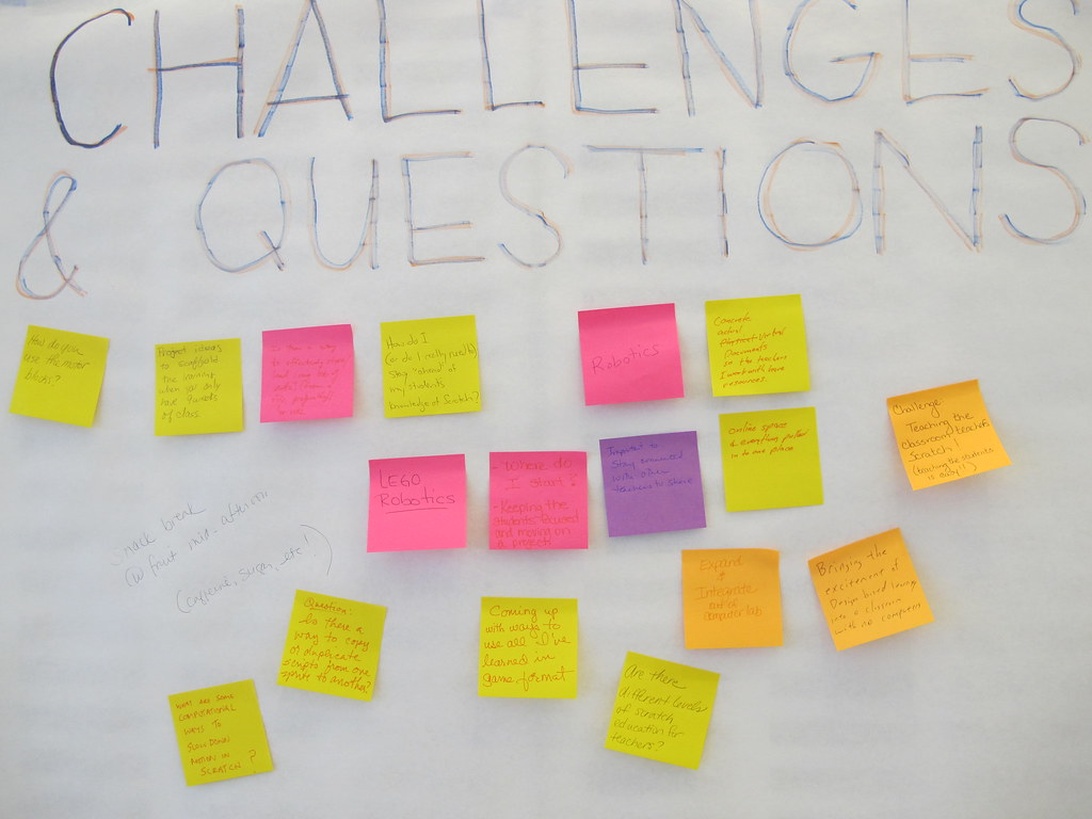I’ve often found that the most profound shifts in a writer’s life happen not on the page, but in the spaces we build around our craft. We curate our desks, our rooms, our quiet corners to invite inspiration. In much the same way, the literary organizations that champion our work are now curating their own digital spaces. This isn’t just about having a website or a social media account; it’s a fundamental digital transformation that is reshaping how they operate, connect with us, and ultimately, how they sustain the very ecosystem of literature. It’s a quiet revolution, moving from paper-laden offices to cloud-based communities, and it’s creating new possibilities for writers and readers everywhere.
The New Digital Imperative and Its Opportunities
For the longest time, the literary world felt like a welcome refuge from the frantic pace of technological change. But the world has shifted, and the expectations of our communities have shifted with it. The digital imperative for nonprofits, including our cherished literary organizations, is no longer a niche topic; it’s a core strategic necessity. Donors, members, and participants now expect a level of transparency, efficiency, and direct engagement that is only possible through digital means. This transition is driven by a need to remain relevant and effective, ensuring that the mission to support writers and promote literature can thrive in a world where digital interaction is the norm. The opportunities this presents are immense, allowing organizations to redefine their reach and impact.
From Local Workshops to Global Communities
One of the most exciting outcomes of this transformation is the dissolution of geographical barriers. A local literary center can now host virtual writing workshops, e-learning courses, and online author visits that attract talent from across the globe. Digital book clubs and streamed literary festivals can foster a sense of community that transcends borders, making literary arts more accessible than ever before. This expanded reach not only diversifies the audience but also enriches the creative conversation, bringing new voices and perspectives into the fold.

Harnessing Data for a Stronger Mission
Beyond outreach, digital transformation empowers organizations to make smarter, more strategic decisions. By effectively collecting and analyzing data, they can gain a much deeper understanding of their community’s needs. Which workshops are most popular? What themes resonate most with our audience? How effective are our fundraising campaigns? Answering these questions with data, rather than intuition alone, allows for the allocation of precious resources where they will have the greatest impact. This shift toward data-driven decision-making is crucial for long-term sustainability and ensures that programs are genuinely serving the writers and readers they are intended for.

Navigating the Challenges of Transformation
This journey, while promising, is not without its hurdles. Many literary nonprofits operate with limited financial resources, making significant investments in new technology and infrastructure a major challenge. Furthermore, there can be cultural resistance to change from staff, volunteers, or board members who are accustomed to traditional workflows. A lack of in-house technical expertise can make implementing and maintaining new systems feel daunting. As organizations handle more sensitive information digitally, from donor details to author manuscripts, ensuring robust data security and privacy becomes a critical and resource-intensive responsibility. Acknowledging these challenges is the first step toward overcoming them with a thoughtful and strategic approach.
A Practical Path Forward Strategies for Success
Embarking on a digital transformation requires more than just new software; it requires a clear vision and a structured plan. The most successful organizations approach this as a strategic evolution of their mission, not just a technical upgrade. By breaking the process down into manageable steps, any literary organization can begin building a more resilient and impactful future.
Start with a Clear Strategy
Before adopting any new tool, it’s vital to define clear, measurable goals that align with the organization’s core mission. A comprehensive digital needs analysis can help identify the most critical areas for improvement, whether in fundraising, program delivery, or member engagement. According to experts, understanding what digital transformation means for your nonprofit is the essential first step toward creating a realistic roadmap and timeline for change.
Choose the Right Tools for the Job
Once needs are clearly defined, the focus can shift to technology. The goal is to select tools that are sustainable, secure, and user-friendly. This often means moving from disparate spreadsheets toward integrated, cloud-based systems. To achieve this, many organizations find that investing in the comprehensive features of an NGO Online platform provides a robust foundation for growth, centralizing everything from project tracking and grant management to member communication and providing a single source of truth that empowers everyone to work more efficiently.
Invest in Your People and Culture
Technology is only as effective as the people who use it. Overcoming cultural resistance requires strong leadership, clear communication, and a genuine investment in training. As detailed in guides like Nonprofit Digital Transformation Demystified, building digital literacy and confidence across the team is paramount. Fostering a culture that embraces learning and innovation ensures that the entire organization feels supported and engaged in the transformation process.
Prioritize Data Security and Sustainability
Digital transformation is an ongoing commitment, not a one-time project. This requires a long-term plan for maintenance, updates, and training. Protecting the sensitive data of members and donors must be a top priority, implementing robust cybersecurity measures to prevent breaches. Understanding the full scope of strategies, challenges, and successes in nonprofit digital transformation helps organizations plan for long-term sustainability, ensuring that their digital investments continue to deliver value for years to come.
The Next Chapter Writing Our Digital Legacy
As we settle into this new, digitally-infused landscape, it’s worth pausing to consider the legacy we are creating. This transformation is more than an operational upgrade; it’s a redefinition of what a literary community can be. By breaking down barriers to access, we are inviting a more diverse chorus of voices to the table. By creating new platforms for collaboration, we are fostering new kinds of creative partnerships. The story of literature has always been one of adaptation, from oral traditions to the printing press to the paperback. This digital chapter, as outlined in resources from organizations like TechSoup Europe, is simply the next evolution, and it’s one filled with immense promise. It’s a future where the solitary act of writing is more connected than ever to a global community of support, and where the organizations that champion this work are stronger, more resilient, and more impactful than ever before.




